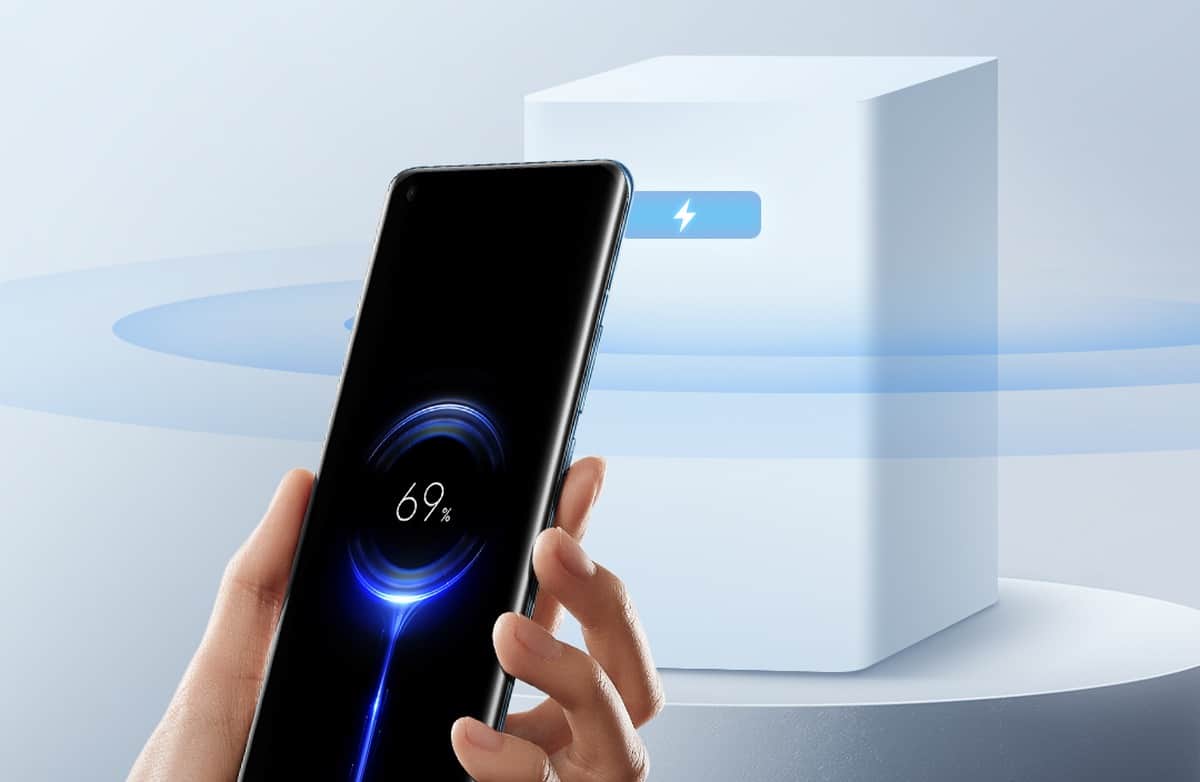Xiaomi has announced “Mi Air Charge Technology,” a wireless charging system that the company claims is able to charge devices “within a radius of several meters.” Multiple devices can be charged at 5W at the same time, according to Xiaomi, and physical obstacles apparently don’t reduce charging efficiency.
Xiaomi says the technology will also work with smartwatches and fitness bracelets. Another goal is to make “living rooms truly wireless,” with speakers, lamps, and smart home devices all being powered by the same remote system. A Xiaomi representative confirms to The Verge, however, that no commercial products will include the technology this year, and declined to provide a timeframe for release.
Here’s how Mi Air Charge Technology works, in Xiaomi’s words:
The core technology of Xiaomi’s remote charging lies in space positioning and energy transmission. Xiaomi’s self-developed isolated charging pile has five phase interference antennas built in, which can accurately detect the location of the smartphone. A phase control array composed of 144 antennas transmits millimeter-wide waves directly to the phone through beamforming.
On the smartphone side, Xiaomi has also developed a miniaturized antenna array with built-in “beacon antenna” and “receiving antenna array”. Beacon antenna broadcasts position information with low power consumption. The receiving antenna array composed of 14 antennas converts the millimeter wave signal emitted by the charging pile into electric energy through the rectifier circuit, to turn the sci-fi charging experience into reality.
Needless to say, you should be skeptical about the prospects of this technology making it to market until evidence suggests otherwise. Companies like Energous have been making announcements about “truly wireless charging” at CES and beyond for several years, but the technology is yet to gain serious traction. Xiaomi has demonstrated wireless charging engineering breakthroughs in the past, however, and has the advantage of owning a huge hardware ecosystem that it could theoretically leverage.

